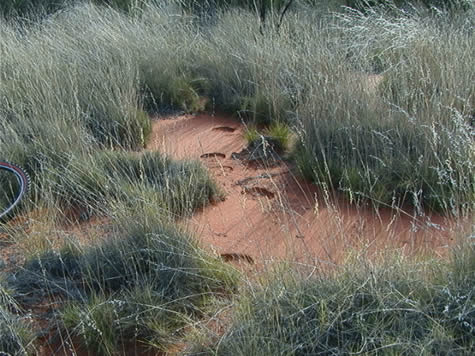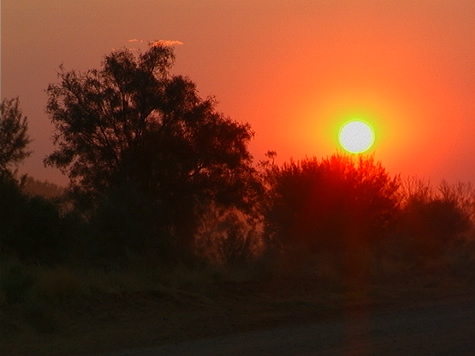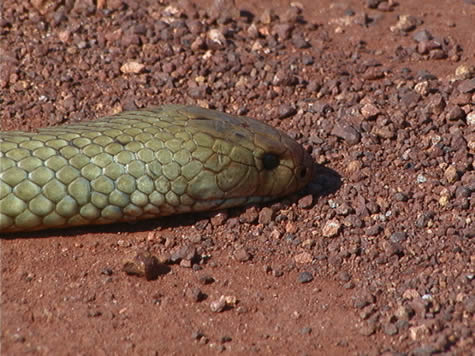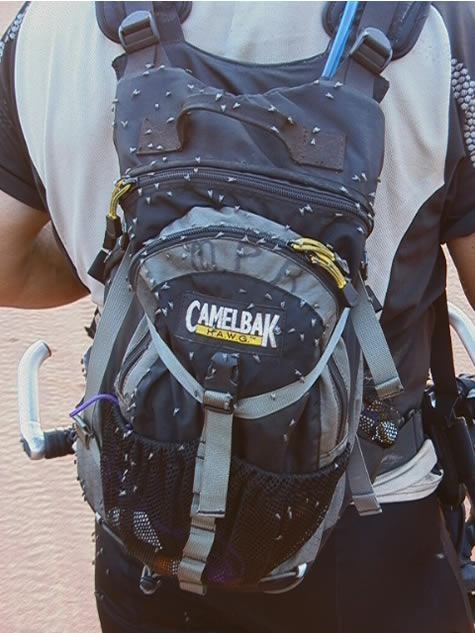Camels and Body Heat Regulation
Science – camels
In order for camels to survive in the desert, they must have ways of coping with the desert heat. These coping mechanisms are called ‘adaptations,’ and they’ve developed over many thousands of years. For example, camels have learned to face the sun when lying down, causing less of the body to be exposed. In this way, the body catches less sun and doesn’t heat up as fast. Unlike humans, camels’ bodies can withstand large differences in temperature: the body becomes very hot during the day and cools off at night. Because of this, they’ll roam about for food during the cool night, and during the day spend most of their time resting and chewing their cud.
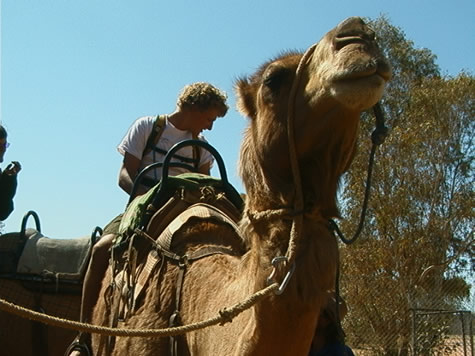
Camels don’t need nearly as much water as we do to survive. While a person can lose only 14-15% of the water in their bodies, a camel can lose as much as 35%. Of course, all animals need access to some water, but free water can be hard to find in a desert. Camels are adapted to get almost all the water they need from the plants they eat, if other water isn’t available. Eating green plants alone, a camel can often survive for weeks without drinking, especially in winter when it’s not as hot. If they do find a water source, they can drink huge amounts of water in one day: up to 200 liters!! They can do this thanks to another adaptation, a substance in their blood that allows their bodies to absorb moisture much faster than our bodies can. They also save water in other ways. For example, any moisture that collects in their noses via condensation ends up running down a groove back into their mouths. And when they urinate, the urine runs down their back legs, cooling the rear of their bodies.
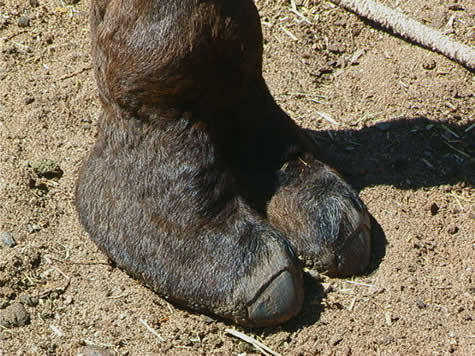
Another adaptation to the desert environment is the foot. It has only two toes, with a very large surface area underneath, which is perfect for walking on soft sand. The foot doesn’t have a hoof; it has a large callus pad under it, nearly one centimeter thick. If the camel carries too heavy a load, or if it has to walk in rocky areas, the pad can come off and take months to grow back. All the surfaces of the body that come in contact with the hot sand in fact have these calluses. They keep the camel’s skin from being burned by the hot sand.
Suggested learning activities: identify another animal that has adapted successfully to living in the desert. List down the physiological characteristics that make this possible.
Identify an animal in your local area that displays successful adaptation characteristics to its local environment.
Git
